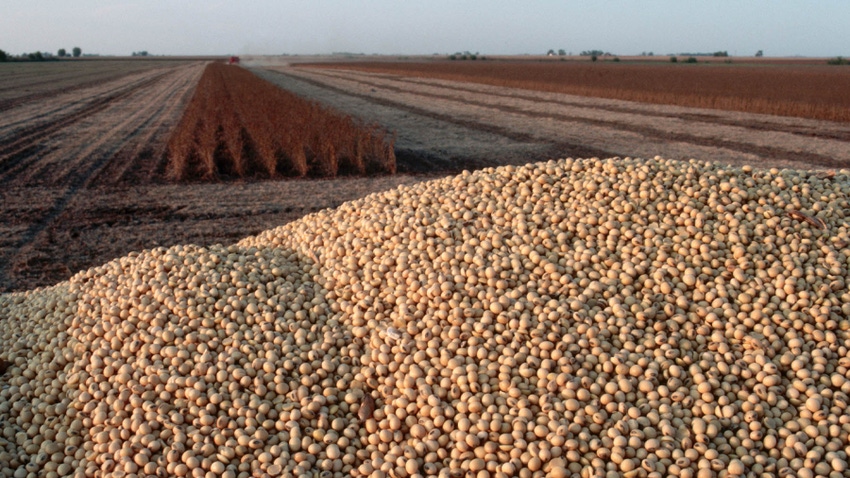
There are only a handful of USDA crop progress reports remaining for the 2023 season, which is all the more evident after looking at the agency’s latest updates to this year’s corn and soybean harvests, which are both moving closer and closer to 100% completion. USDA also refreshed its data on several key regional crop harvests, along with some new data points on the 2023/24 winter wheat crop.
Corn harvest moved from 59% a week ago up to 71% through October 29. That was a bit above analyst expectations, who had offered an average trade guess of 69%. That puts this year’s effort behind 2022’s pace of 74% but moderately ahead of the prior five-year average of 66%.
The 2023 soybean harvest is even closer to completion, moving from 76% last week up to 85% through Sunday, mirroring analyst expectations. As with corn, this year’s pace is slightly behind 2022 (87%) but still ahead of the prior five-year average (78%).
Other regional crops also made some harvest progress last week, including:
Sorghum = 77% (up from 67% last week)
Cotton = 49% (up from 41% last week)
Peanuts = 69% (up from 55% last week)
Rice = 95% (up from 91% last week)
Sugarbeets = 84% (up from 72% last week)
Sunflowers = 40% (up from 27% last week)
Winter wheat plantings moved from 77% completion a week ago up to 84% through October 29. That has this season off to a slightly slower start compared to 2022’s pace of 86% and the prior five-year average of 85%. Nearly two-thirds (64%) of the crop is now emerged, up from 53% a week ago and identical to the prior five-year average.
USDA also gave its first winter wheat quality ratings for the current crop. Forty-seven percent is rated in good-to-excellent condition. That was identical to the average trade guess, which was impressive considering individual estimates ranged between 31% and 63%. Another 35% of the crop is rated fair, with the remaining 18% rated poor or very poor.
Click here for more data from the latest UDSA crop progress report, including state-by-state pasture and range conditions.
About the Author(s)
You May Also Like






